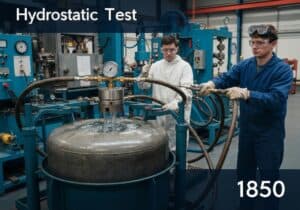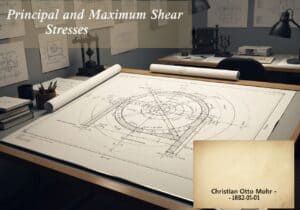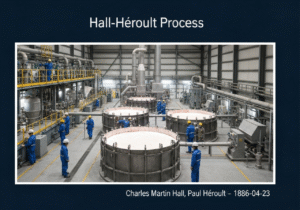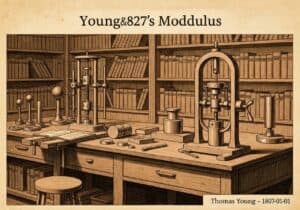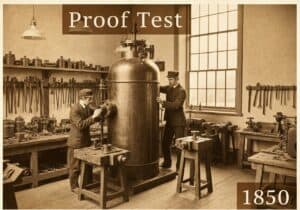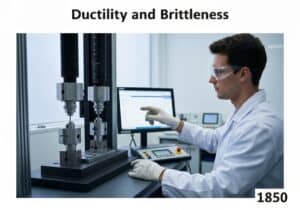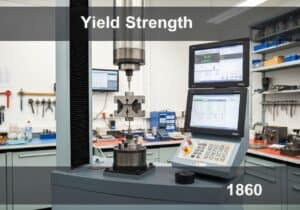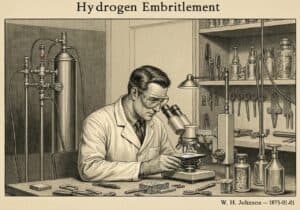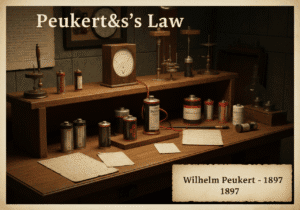A technique used in statics to determine the internal forces in specific members of a truss structure. The method involves making an imaginary cut through the members of interest, isolating a portion of the truss. By applying the three static equilibrium equations ([latex]\Sigma F_x=0[/latex], [latex]\Sigma F_y=0[/latex], [latex]\Sigma M_A=0[/latex]) to the isolated section, the unknown member forces can be solved directly.
Method of Sections

The power of the Método of Sections lies in its ability to find forces in members located in the middle of a complex truss without first having to solve for the forces in all the preceding members, as required by the Method of Joints. The key is to choose a section cut that passes through no more than three members whose forces are unknown. This is because there are only three independent static equilibrium equations available for a 2D rigid body.
Once the section is cut, one of the two resulting pieces of the truss is chosen for analysis. All external forces (loads and support reactions) acting on that piece are shown, along with the unknown internal forces of the cut members. These internal forces are typically assumed to be in tension (pulling on the joint). A negative result in the calculation simply indicates that the member is actually in compression (pushing on the joint). The moment equilibrium equation, [latex]\Sigma M_A=0[/latex], is particularly powerful. By summing moments about a point where two of the three unknown forces intersect, the third unknown force can often be solved for with a single equation.
Tipo
Disrupción
Utilización
Precursores
- Las leyes del movimiento de Newton
- concept of static equilibrium
- free-body diagrams
- understanding of trusses as assemblies of two-force members
- Varignon’s theorem for calculating moments
Aplicaciones
- manual analysis of bridge trusses
- design of roof trusses for buildings
- analysis of crane structures
- educational tool for teaching statics and equilibrium
- quick verificación of forces in specific members from a computer analysis
Patentes:
Posibles ideas innovadoras
Membresía obligatoria de Professionals (100% free)
Debes ser miembro de Professionals (100% free) para acceder a este contenido.
DISPONIBLE PARA NUEVOS RETOS
Ingeniero Mecánico, Gerente de Proyectos, Ingeniería de Procesos o I+D
Disponible para un nuevo desafío a corto plazo.
Contáctame en LinkedIn
Integración de electrónica de metal y plástico, diseño a coste, GMP, ergonomía, dispositivos y consumibles de volumen medio a alto, fabricación eficiente, industrias reguladas, CE y FDA, CAD, Solidworks, cinturón negro Lean Sigma, ISO 13485 médico
Estamos buscando un nuevo patrocinador
¿Su empresa o institución se dedica a la técnica, la ciencia o la investigación?
> Envíanos un mensaje <
Recibe todos los artículos nuevos
Gratuito, sin spam, correo electrónico no distribuido ni revendido.
o puedes obtener tu membresía completa -gratis- para acceder a todo el contenido restringido >aquí<
Contexto histórico
Method of Sections
(si se desconoce la fecha o no es relevante, por ejemplo "mecánica de fluidos", se ofrece una estimación redondeada de su notable aparición)
Invención, innovación y principios técnicos relacionados

